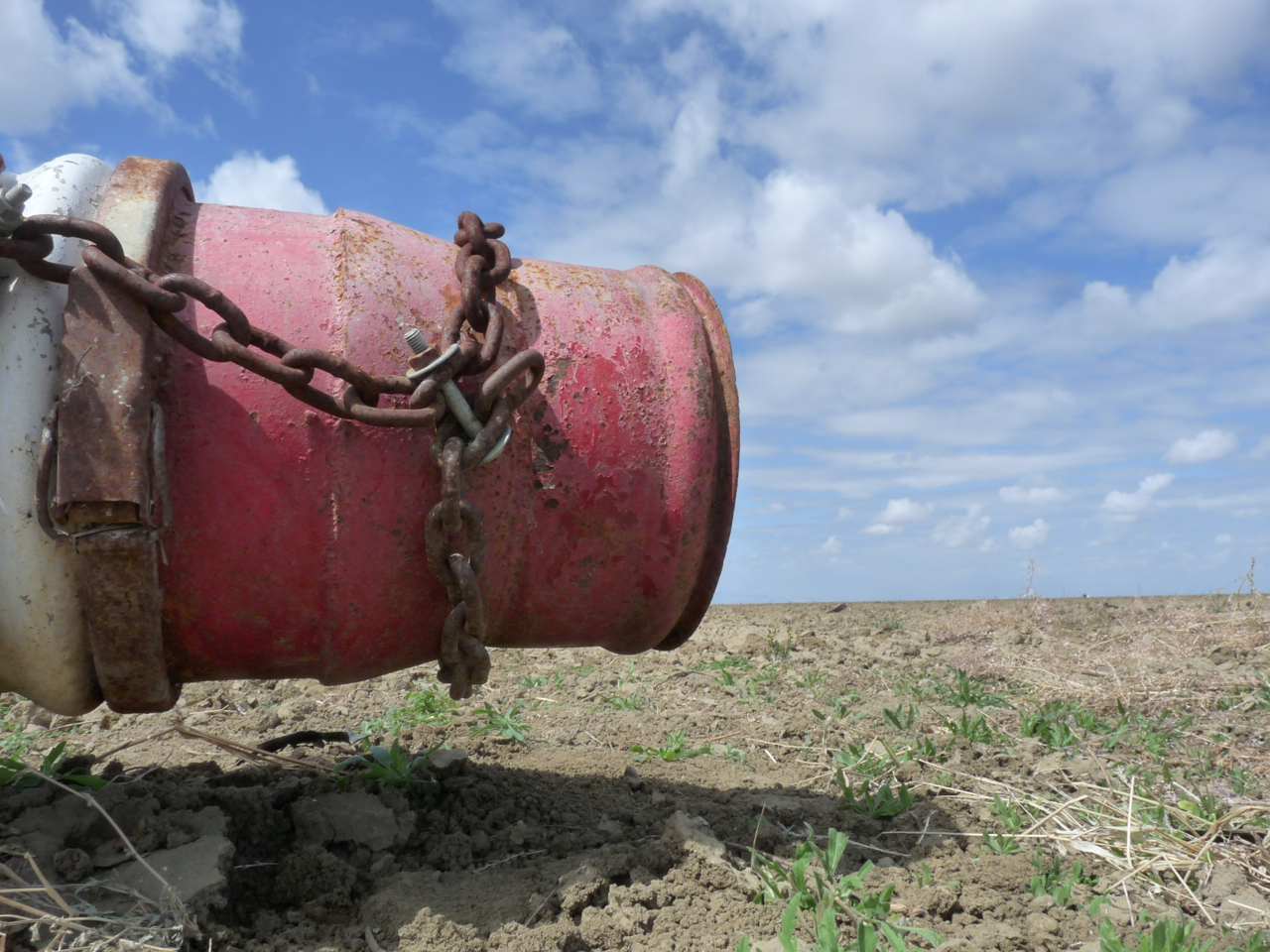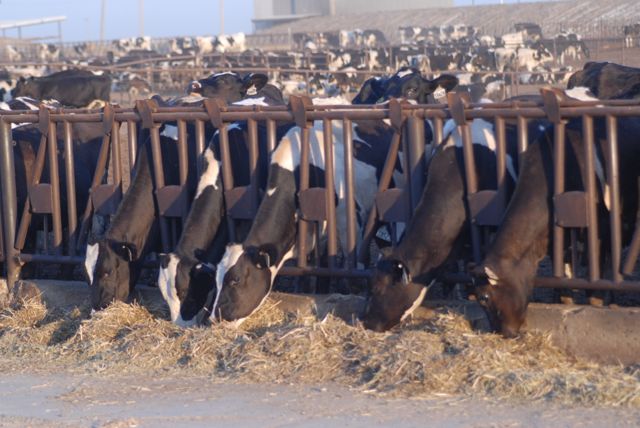CCGGA and WAPA Not Happy with Abrupt Ending of Water Negotiations
What Happened is Unknown, But Ending Water Negotiations In a Year Like This is Unconscionable
On Friday, California Cotton Ginners and Growers Associations (CCGGA)/Western Agricultural Processors Association (WAPA) President /CEO Roger Isom reacted to the withdrawal of water negotiations on federal drought legislation by stating:
It is unconscionable to walk away from talks at this point in time. In a year where hundreds of thousands of acres of productive farmland received zero surface water, this delay is unacceptable. Thousands of acres lay fallow and productive orchards were ripped out – this is unacceptable.
The jobs that are associated with this acreage go far beyond the individual farmer and his family. It affects farm workers and their families, the fuel delivery personnel and their families, the custom harvesters and their families, the bankers and their families, the insurance companies and their families, the equipment dealers and their families. The list goes on and one thing remains the same. The lack of water is devastating. There are cities in the San Joaquin Valley that are without water for even the basic necessities. This is not a time when politics should come before the needs of the people.
While we applaud the bipartisanship that went into the serious negotiations that were undertaken, the fact remains that there will be no legislation this year. Despite assurances that this will be taken up early in the next session it is simply too late. Another planting season will have gone by. Without a miracle winter, more acreage will be removed. Consequently, more farmworkers will be laid off or simply not hired. There will be even less work for the fuel suppliers, harvesters, banks, chemical supply companies, equipment dealers, and others that rely upon a viable agricultural industry.
We don’t know what happened or why the negotiations were discontinued, but it doesn’t matter. Simply put, something has to be done to provide more water at these critical times. Farmers have done their part by investing billions converting irrigation systems to automated, high-efficiency, low water use systems, such as buried drip on cotton. It’s time for Congress to do theirs.“
The California Cotton Ginners and Growers Associations are trade organizations representing cotton growers and cotton gins throughout California. The Western Agricultural Processors Association is a trade organization representing tree nut hullers and processors of almonds, pecans, pistachios and walnuts. All three organizations are operated and managed in the same offices in Fresno, California.






















